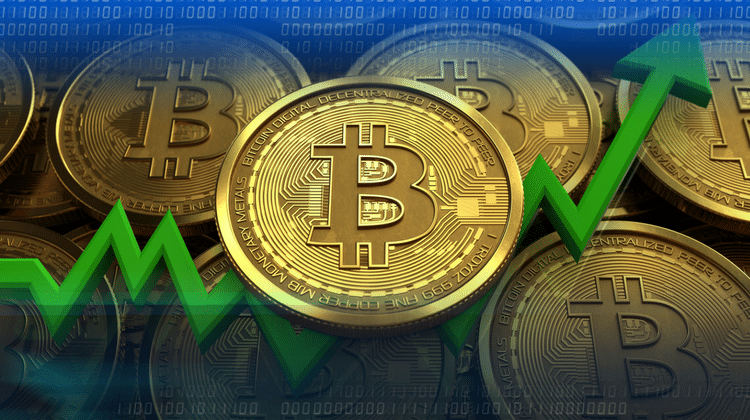Bitcoin Basics: Decoding the Digital Gold Rush
In the world of finance and technology, few phenomena have garnered as much attention and intrigue as Bitcoin. Often referred to as “digital gold,” Bitcoin has disrupted traditional financial systems and ignited a new era of decentralized currency. Whether you’re a seasoned crypto enthusiast or just starting your journey into the world of digital assets, this article will unravel the basics of Bitcoin and help you understand why it has captured the imagination of millions worldwide.
A Digital Revolution
At its core, Bitcoin is a digital or cryptocurrency, which means it exists purely in electronic form. Unlike physical currencies such as the U.S. dollar or the euro, Bitcoin is decentralized. This means it operates without a central authority, like a government or a bank, overseeing its transactions. Instead, Bitcoin relies on a groundbreaking technology called blockchain.
The Blockchain Backbone
Blockchain is the technological marvel that underpins Bitcoin and many other cryptocurrencies. It’s essentially a public ledger that records all Bitcoin transactions in a transparent and immutable manner. Picture a chain of digital blocks, each containing a list of transactions. Once a block is added to the chain, it cannot be altered, making the Bitcoin network highly secure against fraud and tampering.

Satoshi Nakamoto: The Enigmatic Creator
Bitcoin’s origin story is a captivating mystery. In 2008, an anonymous person or group of people using the pseudonym Satoshi Nakamoto released a whitepaper titled “Bitcoin: A Peer-to-Peer Electronic Cash System.” This paper outlined the principles and mechanisms of Bitcoin, setting in motion a revolution in the world of finance.
To this day, Satoshi Nakamoto’s true identity remains unknown, adding an aura of intrigue to the Bitcoin saga. Despite the anonymity, Nakamoto’s creation has changed the way we think about money and finance.
Mining for Bitcoins
Bitcoins aren’t printed like traditional currencies; they’re “mined.” Mining is the process by which new bitcoins are created and transactions are added to the blockchain. Miners use powerful computers to solve complex mathematical puzzles, and when they succeed, they’re rewarded with newly minted bitcoins. This process, known as proof-of-work, is energy-intensive and provides the network with security.
Limited Supply: 21 Million Bitcoins
One of Bitcoin’s unique features is its capped supply. Unlike fiat currencies that central banks can print at will, only 21 million bitcoins will ever exist. This scarcity is programmed into the Bitcoin protocol and is designed to mimic the scarcity of precious metals like gold. As a result, Bitcoin is often referred to as “digital gold” and is seen as a store of value.
Digital Wallets: Your Key to Bitcoin
To own and use Bitcoin, you need a digital wallet. These wallets come in various forms, from software applications to hardware devices. Your wallet stores your private keys, which are essentially the keys to access and manage your bitcoins. It’s crucial to keep your private keys secure to protect your digital assets.
The Volatile Rollercoaster
Bitcoin’s price has been nothing short of a rollercoaster ride. Its value can fluctuate significantly over short periods, leading to both immense excitement and anxiety for investors. Factors like market sentiment, regulatory changes, and macroeconomic events can all influence Bitcoin’s price.
The Future of Money?
Bitcoin has sparked debates and discussions around the world about the future of money and finance. Some see it as a revolutionary force that will disrupt traditional banking and finance, while others remain skeptical of its long-term viability. Regardless of the debates, Bitcoin has undeniably made its mark on the financial world.
Conclusion
Bitcoin is more than just a digital currency; it’s a testament to the power of technology and human innovation. As you delve deeper into the world of cryptocurrencies, remember that while Bitcoin may be the pioneer, it’s just one facet of a broader digital revolution. Understanding the basics of Bitcoin is the first step on a fascinating journey into the world of blockchain, cryptocurrencies, and the future of finance. Whether you’re in it for the investment potential or the sheer fascination, Bitcoin is a digital phenomenon worth exploring.